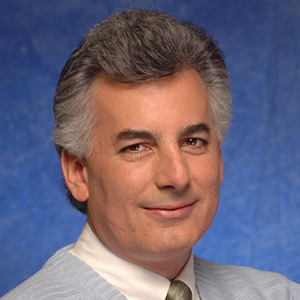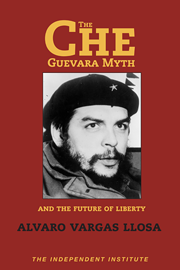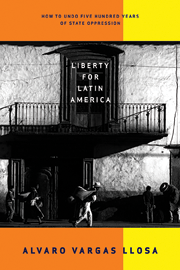WASHINGTON—Most books on corruption in Latin America are politically biased, confuse symptoms with causes or get mired in the purely sensational. But a recent exception is Corrupt Circles: A History of Unbound Graft in Peru by Alfonso Quiroz of the City University of New York.
This is a substantial contribution to the understanding of corruption in Latin America. Although its focus is graft in Peru, from colonial times to the present, its validity is universal.
Quiroz’s book presents corruption as a continuum that runs through the different types of governing systems Peru has endured. In doing so, it underscores the institutional as opposed to the episodic nature of corruption. Over the years, Peru’s colossal graft can be attributed to the way in which power is organized and rules are set.
The author attempts to quantify corruption, a daunting enterprise since the calculation includes the theft of public money and the wealth that could have been created in a more secure environment.
His findings: Between 1680 and 1810, graft amounted to an annual average of 4.3 percent of the country’s economy. Between the 1820s, when Peru gained its independence, and the beginning of the 21st century, the annual average was only slightly below—about 4 percent—that figure. In the 20th century, the worst decades were the 1920s, the ’70s and the ’90s. Under Alberto Fujimori and his spymaster, Vladimiro Montesinos, the last decade of the century saw graft equal 50 percent of government expenditures and 4.5 percent of GDP. Quiroz estimates that corruption has cost the country half of its development possibilities.
But the book’s contribution is more fundamental than its eye-popping statistics. It is the contention that “systemic corruption occurs when formal and informal, pro-growth, and constitutional rules—protecting property rights, reducing transaction costs, discouraging rent-seeking, and guaranteeing political checks and balances—are nonexistent, distorted or uncertain.”
A few years ago, I described in a book the “five principles of oppression” that were behind Latin America’s relative backwardness: corporatism, mercantilism, privilege, wealth transfer and political law, whereby those who make the law are above it. In these societies, individual rights, private property, and competition were stifled by authoritarian power.
The colonial government unloaded on the backs of Peruvians 1 million laws that were disobeyed both by the enforcers and the victims. The independent republic shed itself of Spanish rule but not of the statist tradition. Brazil’s Viscount of Albuquerque was referring to the enduring power of unsound institutions over reformist attempts in the 19th century when, in a different context, he said that “a conservative is a liberal in office.” Only in those countries where civil society was somewhat stronger and institutions less intrusive was corruption less pervasive—Costa Rica, Uruguay, and Chile.
According to Corrupt Circles, Peru’s corruption has shifted its focus, depending on the prevalent trends and policies. During 20th-century military rule—for instance, under Sanchez Cerro, Oscar Benavides and Manuel Odria—graft in military procurement was especially high. In the period between the 1960s and the ’80s, when economic nationalism swept Peru as it did most of the continent, corruption was linked to the government’s protectionist and socialist policies—such as under Gen. Juan Velasco.
Corruption is a symptom of institutional inadequacy. It is the means by which ordinary people protect themselves from unrealistic rules—a form of insurance against the risk of obeying the law—and powerful people exploit the machinery of a state that places few limits on them.
In 2001, just after the collapse of Fujimori’s government, I suggested the need for an independently funded and run “museum of graft.” Memory is one way in which my countrymen can start to modify some of the underlying causes of corruption.
But there is little tradition of preserving political memory.
A debate has been taking place in Peru over the initiative to create a “museum of memory” related to the horrific suffering inflicted on Peruvians, most of them from the Andes, during two decades of savage Marxist terrorism and the indiscriminate military response. Peru’s minister of defense thought he was rendering a service to the military when he said that in a poor country such as Peru, museums are not a priority. The vice president, a controversial former admiral, has also scorned the idea.
But in the unlikely event that the minister and the vice president accept that books are useful in poor countries, they ought to read Corrupt Circles. It might help them understand why memory can be a powerful antidote against history repeating itself.











